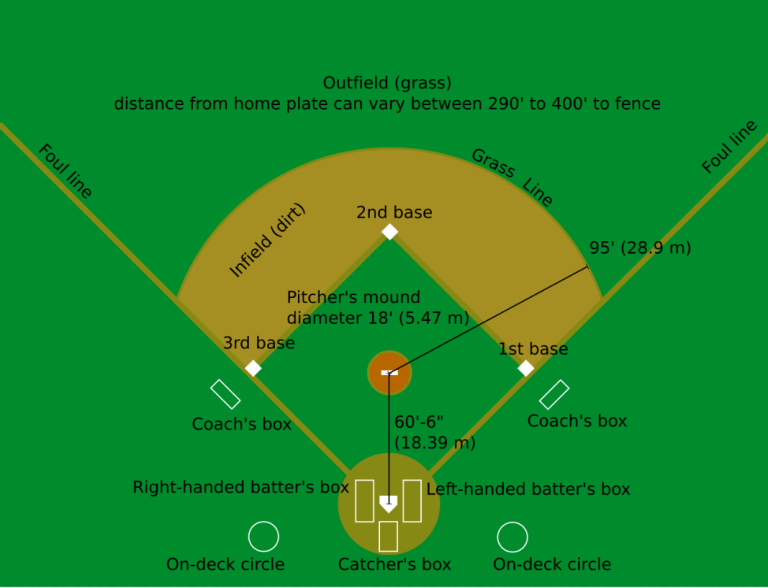
The Rules of Baseball
Throughout baseball's history, the rules have frequently changed as the game
continues to evolve. A few typical rules most professional leagues have in
common are that four balls are a base on balls, three strikes are a strikeout, and three outs end a half-inning.
Baseball evolved out of bat-and-ball games in the mid-19th century, and its
modern rules are based mainly on those first published in 1848. Most rule sets are generally based on the Official Baseball Rules (OBR) published by Major League Baseball (MLB), though various minor variations exist from league to league; the World Baseball Softball Confederation maintains its own official rule set for
international competition.
There are several major codified sets of rules, which differ only slightly.
The Official Baseball Rules, published by Major League Baseball, govern all professional play in the United States and Canada. Many amateur and youth leagues use the OBR with only a few modifications for safety, including Little League, PONY League, and Cal Ripken League. Most professional leagues outside North America (such as Japan's Nippon Professional Baseball) also use modified versions of the OBR, though these generally have more pronounced differences.
The World Baseball Softball Confederation (WBSC), which governs international tournaments like the Summer Olympics, Baseball World Cup, and WBSC Premier 12, first published its own official rule set in 2023; the WBSC had previously relied on a modified set of the OBR. WBSC rules are largely similar to the OBR, with minor differences including pitch clock timing and extra-innings tiebreakers. These rules do not apply to the World Baseball Classic, which is organized jointly by the WBSC and MLB.
The baseball rulebook of the National Collegiate Athletic Association (NCAA), aside from governing the games of that organization's members, is also used by several other competitions involving college-aged players.
The rules of the National Federation of State High School Associations (NFHS) hold sway over U.S. high school and high school-age baseball, governing and shaping the sport at this level.
General Structure
Baseball is played between two teams with nine players in the field from the team not batting at that point (the batting team would have one batter in play at "home plate" on the field).
On a baseball field, the game is under the authority of several umpires. There are usually four umpires in major league games; up to six (and as few as one) may officiate depending on the league and the importance of the game. There are three bases. Numbered counterclockwise, first, second, and third bases are cushions (sometimes informally referred to as bags) shaped as 18 inches (46 cm) square in Major League Baseball, or 15 inches (38 cm) in other rulesets (including Little League, Babe Ruth, American Legion, and NFHS) which are raised a short distance above the ground. Together with home plate, the fourth "base", they form a square with sides of 90 feet (27.4 m) called the diamond. Home plate is a pentagonal rubber slab 17 inches (43 cm) wide. The playing field is divided into three main sections:
- The infield, containing the four bases, is for general defensive purposes bounded by the foul lines and within the grass line (see figure).
- The outfield is the grassed area beyond the infield grass line between the foul lines and bounded by a wall or fence.
- Foul territory is the entire area outside the foul lines.

A typical Major League Baseball Diamond
(Little League is a smaller field)
©Copyright. All rights reserved.
We need your consent to load the translations
We use a third-party service to translate the website content that may collect data about your activity. Please review the details in the privacy policy and accept the service to view the translations.
